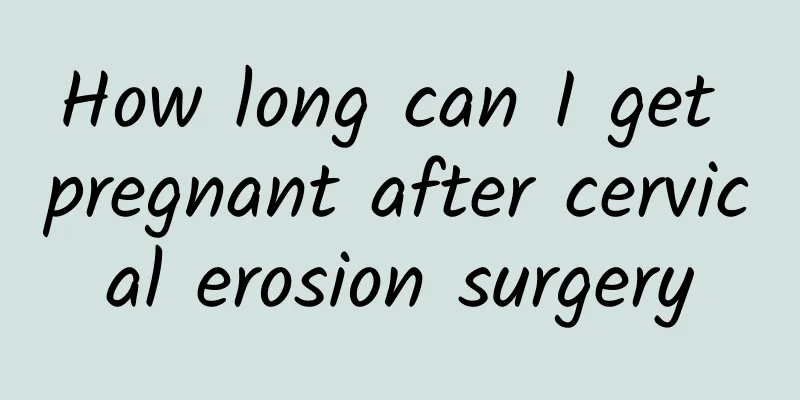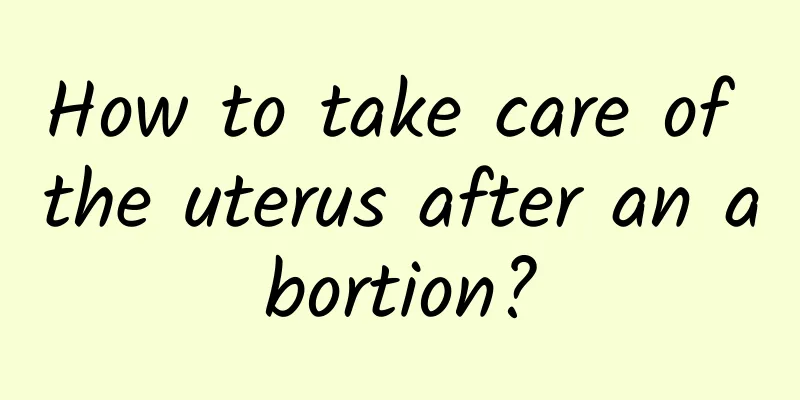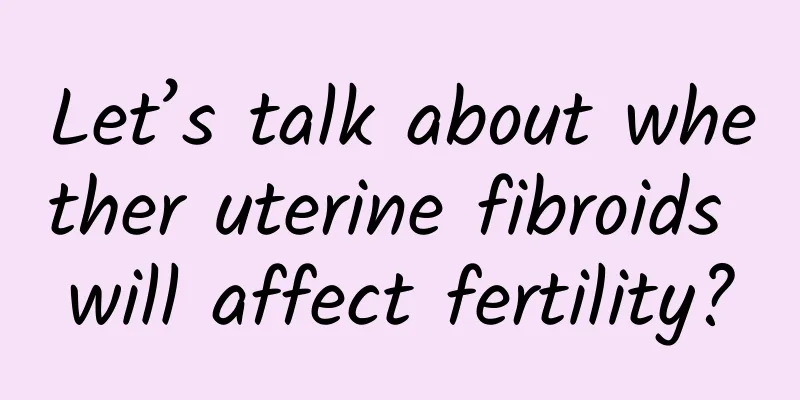How to treat amenorrhea by targeting its cause

|
Amenorrhea is a common symptom of gynecological diseases. The causes include developmental, genetic, endocrine, immune, mental disorders and other problems. It can also be caused by tumors, trauma and drug factors. The establishment of a normal menstrual cycle depends on the neuroendocrine regulation between the hypothalamus-pituitary-ovarian axis and the cyclic response of the endometrium to changes in gonadal hormones. Changes in any of the above links can lead to amenorrhea, so the treatment of amenorrhea should target the cause. 1. Congenital malformations, such as hymen occlusion and vaginal occlusion, should be treated with appropriate surgery. 2. The treatment for intrauterine adhesions is to dilate the cervix to separate the adhesions, and an IUD can be placed to prevent re-adhesion. 3. For tumors in the ovaries, pituitary gland and other parts of the body, the appropriate treatment method is determined based on the location, nature and size of the tumor, including surgical resection, radiotherapy, chemotherapy, etc. 4. Testicular feminization syndrome, that is, male pseudohermaphroditism, chromosome XY, the gonads present may become malignant and should be detected and removed early. 5. Temporary amenorrhea caused by environmental changes, mental trauma, etc., or amenorrhea within two years of menarche, can be restored naturally by promoting ovarian development through enhanced nutrition and physical fitness. 6. Amenorrhea caused by discontinuation of oral contraceptives usually recovers within half a year without the need for treatment. 7. For patients with congenital gonadal dysplasia, ovarian dysfunction or destruction, pituitary failure, and premature ovarian failure, estrogen and progesterone can be used to stimulate the development of secondary sexual characteristics and the onset of menstrual-like bleeding. For patients with intact ovarian function, who have fertility desires, and whose pituitary-ovarian axis is still intact, ovulation induction treatment can be performed. 8. Endometrial tuberculosis should be treated with anti-tuberculosis treatment. |
<<: Angelica Medicinal Diet Suitable for Patients with Dysmenorrhea
>>: Progesterone hemostasis can treat adolescent functional uterine bleeding
Recommend
How to have an abortion with the least harm? Remember these 4 points
After an unexpected pregnancy, if a woman does no...
What should I eat if I have irregular menstruation?
Irregular menstruation can affect your health and...
Explain to everyone the seriousness of the harm of painless abortion
The harm of painless abortion has always been som...
What causes prolonged menstrual bleeding?
What causes prolonged menstrual bleeding? Imprope...
How much do you know about Nabothian cysts?
How much do you know about Nabothian cysts? Nabot...
Vulvar itching Urethral itching
Vulvar itching and urethral itching can be caused...
What are multiple uterine fibroids? What are the symptoms of multiple uterine fibroids?
In recent years, gynecological diseases have beco...
Three principles for the treatment of vaginitis
Three principles for the treatment of vaginitis: ...
Analysis of symptoms of Trichomonas vaginitis
Trichomonas vaginitis is mainly caused by parasit...
Treatment of uterine fibroids The best treatment period for uterine fibroids
Uterine fibroids are the most disgusting disease ...
What are the clinical symptoms of endometriosis?
Endometriosis has a serious impact on women's...
Reasons why women often experience dysmenorrhea during their menstrual cycle
It is very common for women to experience dysmeno...
The MyDie diet prevents dementia, here are 4 unexpected benefits you must know! Nutritionist reveals: 10 brain-boosting foods to prevent cognitive decline
Queen Elizabeth II, the longest-reigning and long...
What tests should women take for premature menopause
Women who experience premature menopause need to ...
What are the prevention methods for female cervical erosion? 5 prevention methods for female cervical erosion
Cervical erosion is now a relatively common gynec...









